Amsterdam is one of my favorite cities. In addition to its stunning architecture and canals, it boasts enough quality attractions to keep even the most discerning traveler busy for at least a week. From museums and a royal palace to cheese shops and the Red Light District, there are some very unique and interesting things to do in Amsterdam.
Wondering where to eat? You can find my restaurant recommendations here.
Amsterdam Canal Cruise
The best sight in Amsterdam is arguably the city itself. Designed in the 17th century, Amsterdam’s UNESCO-listed Canal Ring is an engineering marvel. In order to expand the medieval city, it was necessary to drain the surrounding swamps. A network of canals were dug and the land filled in. Gabled townhouses were added once the project was complete, creating one of the most distinctive cityscapes in the world. And the best way to enjoy it is on a canal cruise!
Museum Van Loon
Want to see inside one of those beautiful buildings lining the canals? Head to Museum Van Loon, the only canal house in Amsterdam to retain both its garden and coach house. While the Van Loon family still lives on the upper floors, it’s possible to tour the rest of the home. Wandering from room to sumptuous room past the family’s private possessions, I felt like I’d stepped back in time.
Van Gogh Museum
Do you have a favorite artist? Mine is Vincent van Gogh. I’ve long been drawn to his use of bold, rich colors and thick brushstrokes. It fascinates me that someone with such a troubled mind could see and create such beauty. Largely unsuccessful during his lifetime, van Gogh’s paintings didn’t make waves in the art world until after his suicide at the age of 37. He had been painting for just 10 years, but what a legacy he left behind!
The Van Gogh Museum does an excellent job of bringing the enigmatic artist to life. Many of his masterpieces are on display – including several self portraits – as well as works by those who inspired him. Allow several hours to explore the collection, and be sure to book your timeslot in advance. Photos aren’t allowed inside the museum, presumably to encourage visitors to buy prints in the giftshop.
Rijksmuseum
Delve further into Amsterdam’s art scene at the Rijksmuseum. Nearly 8,000 artworks are on display, with plenty of paintings by the Dutch Masters. Pride of place goes to the Night Watch, Rembrandt’s monumental masterpiece.
The biggest surprise for me was the Cuypers Library. Tucked in a back corner of the museum, I stumbled upon the gorgeous room almost by accident.
The Rijksmuseum Gardens, designed by the building’s architect Pierre Cuypers, are especially lovely when the spring flowers are in bloom. The gardens are near Museumplein, where you’ll find the famous “I Amsterdam” sign from the tourism board’s genius marketing campaign. Good luck getting a photo!
Anne Frank House
For all of Amsterdam’s beauty, it has a dark side, too. After Nazi Germany invaded the Netherlands during World War II, many Jews went into hiding. One family was Otto Frank’s. Anne Frank, Otto’s daughter, kept a diary during the two years the family was in hiding. It provides an intimate look at their lives through the eyes of a teenage girl.
Anne, a talented young writer, was also working on a novel about the family’s ordeal but never got to finish it. In 1944 the secret annex was discovered and the inhabitants were deported to Auschwitz. Only Otto Frank survived. He eventually published Anne’s diary, fulfilling her wish to become a writer.
I encourage everyone to visit the Franks’ secret hiding place, which is now a part of the Anne Frank House Museum, to learn about this tragedy and honor the memory of the victims. Buy your tickets well in advance.
Dutch Royal Palace
Originally Amsterdam’s Town Hall in the 17th century, the grand building was converted into a Royal Palace by Napoleon Bonaparte’s brother, Louis, in 1808. Louis’ reign was short lived, but his French Empire-style furnishings have endured. In fact, the Palace boasts one of the finest collections of this furniture in the world!
The palace’s cavernous central hall is equally impressive. Gleaming marble floors are inlaid with two hemispheres which illustrate Holland’s global importance during the Dutch Golden Age.
Hermitage Amsterdam
Interestingly, a branch of the famed Hermitage Museum of Saint Petersburg can be found in Amsterdam. Opened in 2009, the Hermitage Amsterdam was intended to highlight the long relationship between the Netherlands and Russia. Today, the permanent exhibition is entitled, “Portrait Gallery of the Golden Age,” and features group portraits of prominent 17th century Dutch citizens.
At the time of my visit, another large exhibition held the works of Spanish Masters from the Hermitage Collection. Check the museum website to see the current schedule. The vast building, Amstelhof, served as a home for the elderly for over 300 years until it was converted into museum space.
Red Light District
Prostitution was legalized in the Netherlands in 1810, though it was quietly tolerated by the authorities for much longer. A stroll through Amsterdam’s notorious red light district is a must for many tourists. I ventured into the neighborhood just after sunset, before the crowds descended. The main streets lining the canal are packed with bars, strip clubs and tattoo parlors with bright neon signs.
The brothels are more discreet, often tucked away in narrow alleys. Often, you don’t see the women until you are standing directly in front of their window. Most of the ladies I saw seemed bored and were checking their phones.
Amsterdam’s largest red light district is in De Wallen, the city’s medieval core. It is centered around Oude Kerk, or Old Church, which was built in the early 1300s and is Amsterdam’s oldest building.
Begijnhof
Another historic Amsterdam neighborhood is Begijnhof. In the 14th century, almshouses were built around a quiet courtyard as a sanctuary for a group of Beguines – religious women who took a vow of chastity. Although the last official beguine died in 1971, the community is still restricted to women.
The charming brick homes, with their leaning frames and gabled roofs, mostly date to the 17th century. Only one wooden house from about 1520 remains.
Spui, the large square outside Begijnhof’s entrance, hosts a weekend flea market that’s also worth a gander.
Shopping for Dutch Souvenirs
While the city boasts many fabulous shops, two won my heart. The Amsterdam Cheese Company specializes in artisan Dutch cheeses and spreads. The friendly sales woman let me try as many samples as I wanted until I was sure of my choices. Of course I would have loved to load my suitcase with the entire contents of the store, but settled for two wheels of Dutch Gold Gouda (7 Months and Cumin) and a jar of Honey Thyme Mustard.
I also took home a few Delft Blue KLM Houses sold at Kramer Arts & Antiques. The family-owned shop may be best known for its stock of antique tiles, but I couldn’t resist snagging a few of the charming little houses as a souvenir of my trip. Originally filled with Dutch gin, or genever, the porcelain bottles are modeled after actual buildings in Amsterdam. Since the 1950s, KLM Airlines has given one to every passenger lucky enough to fly in World Business Class.
What do you think are the most unique things to do in Amsterdam?
Ready to plan your trip? Save this guide for easy reference!
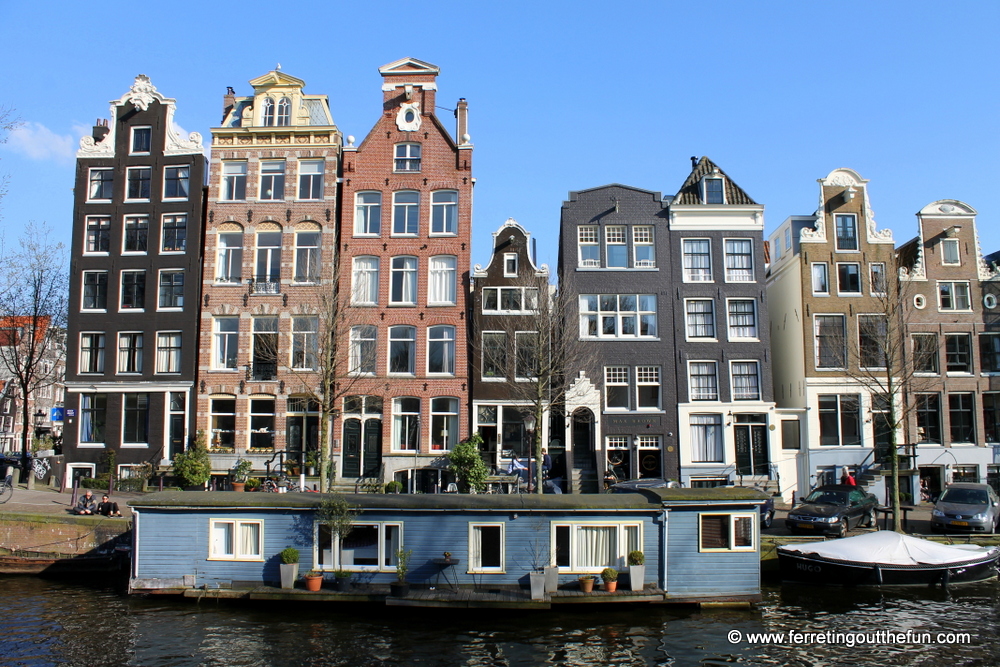
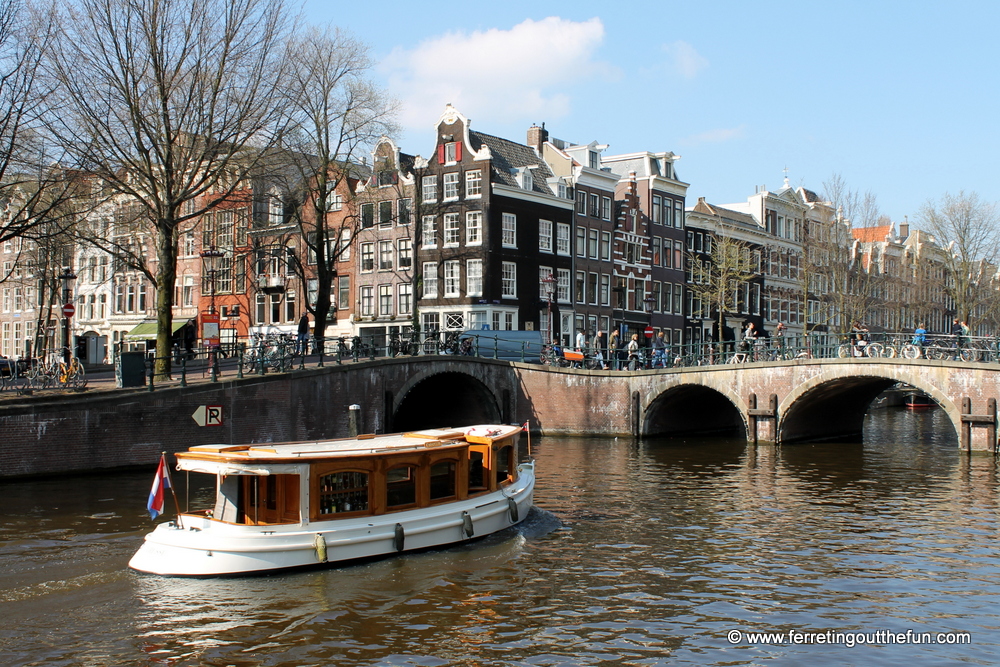
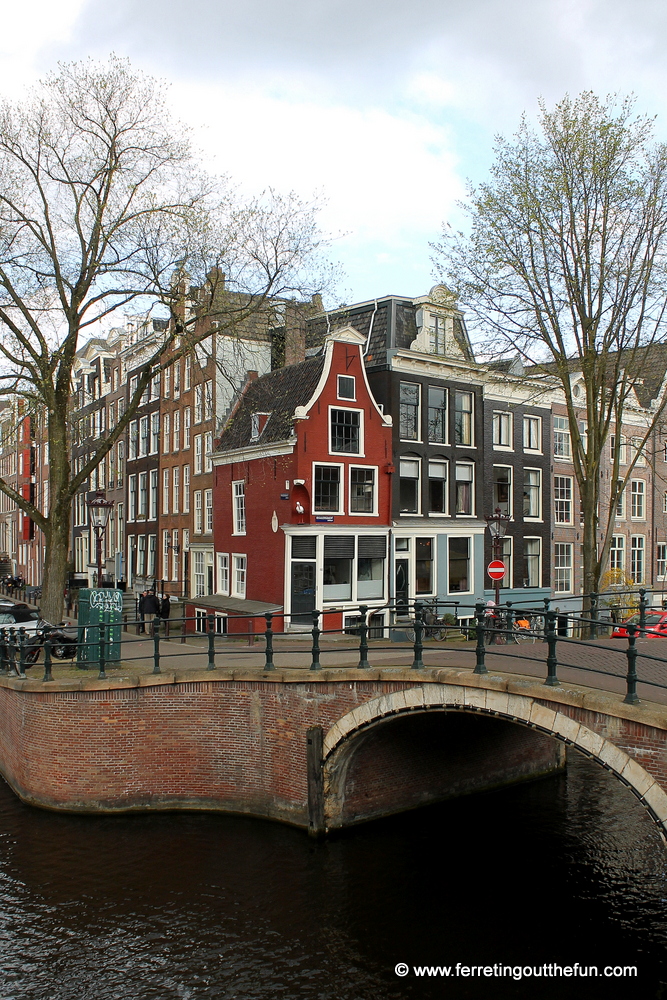
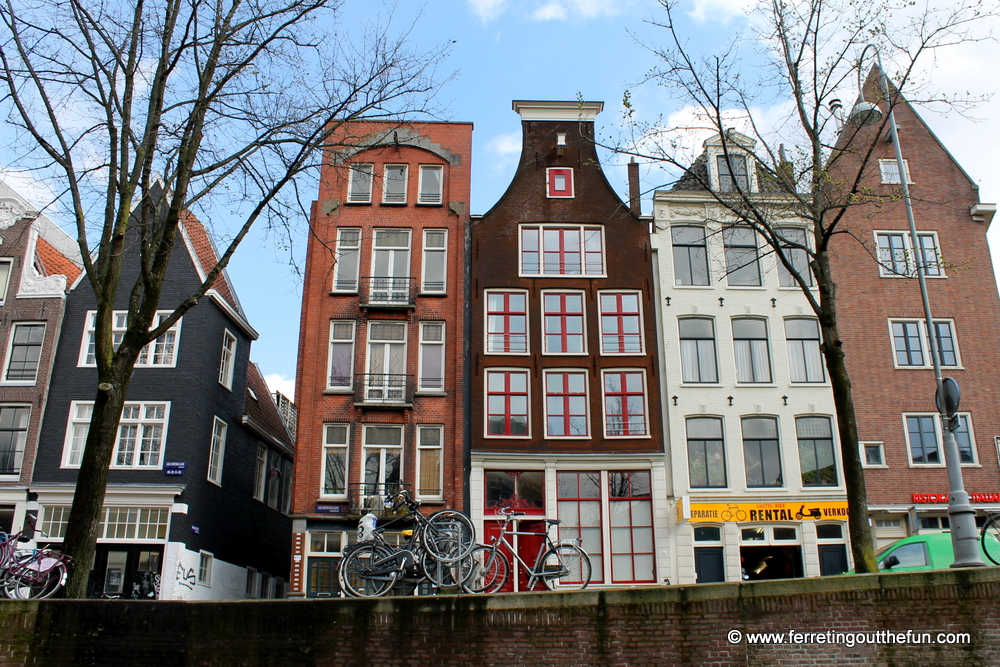
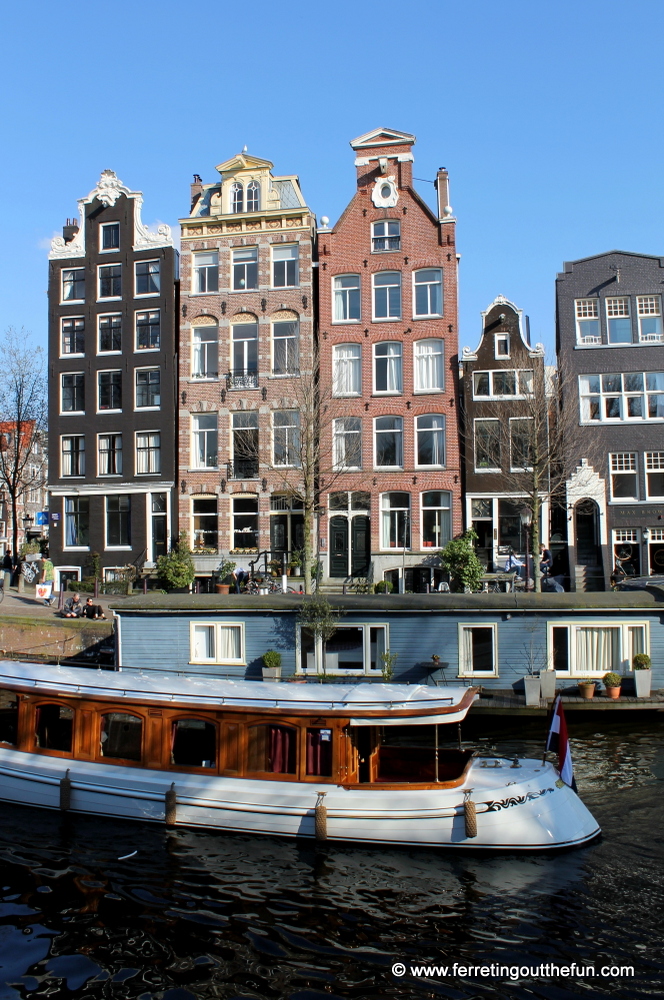

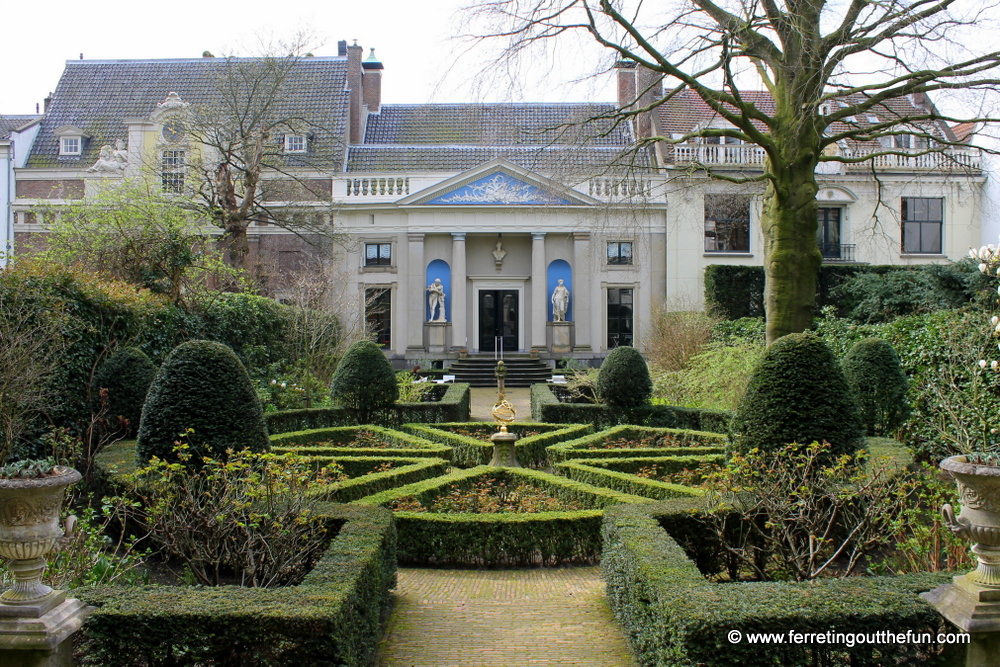
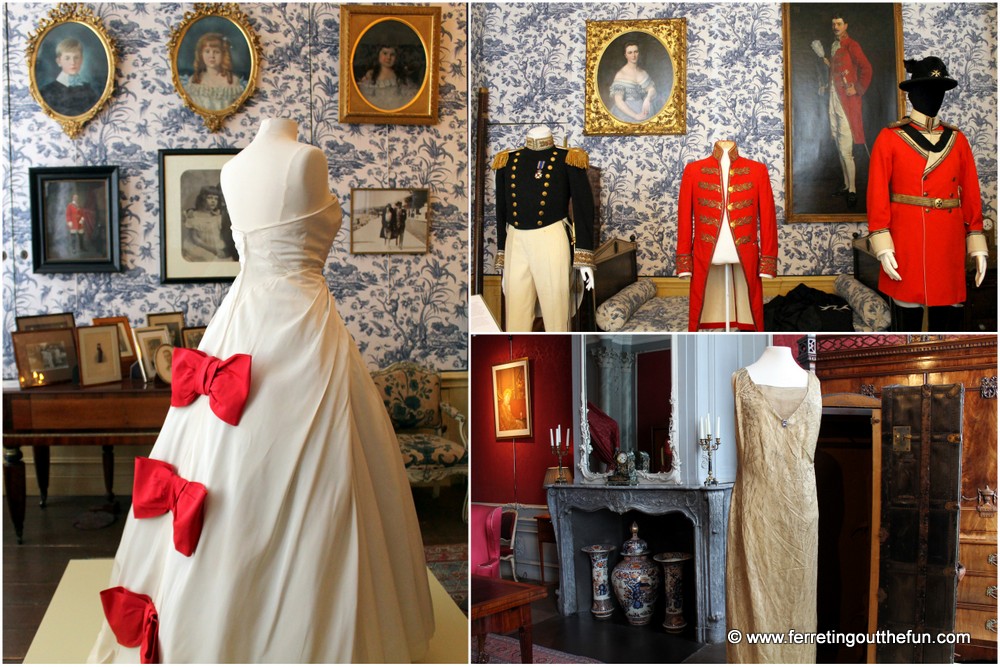
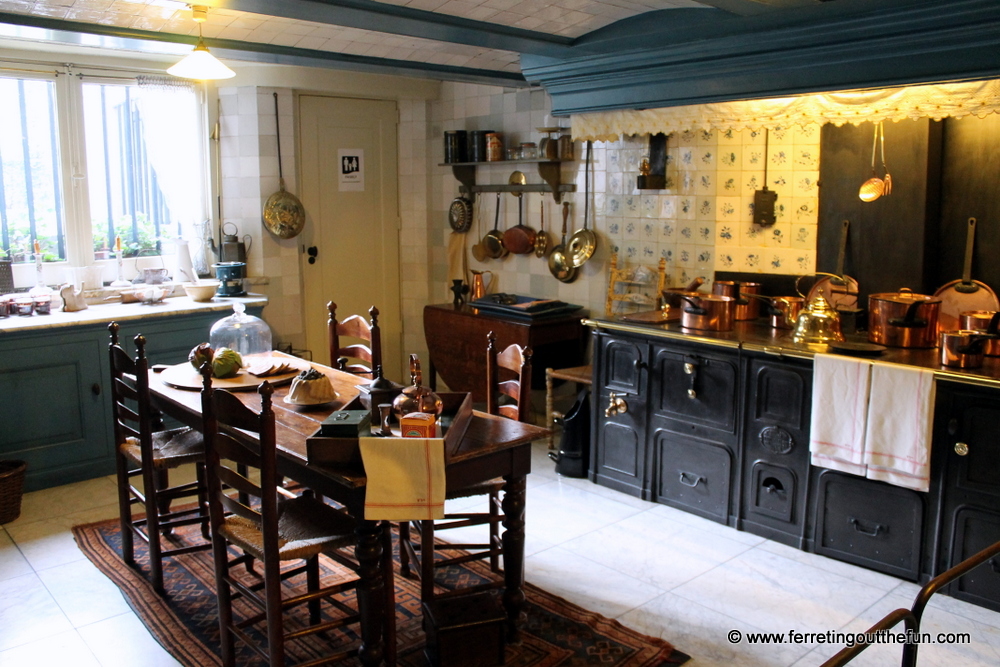

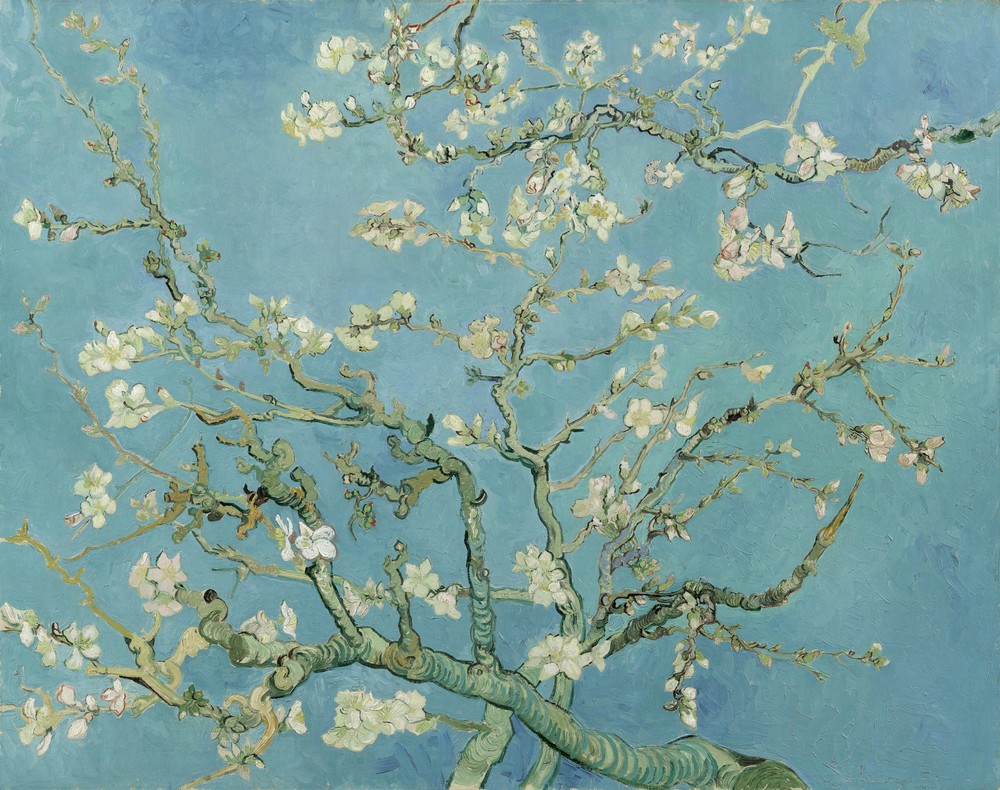
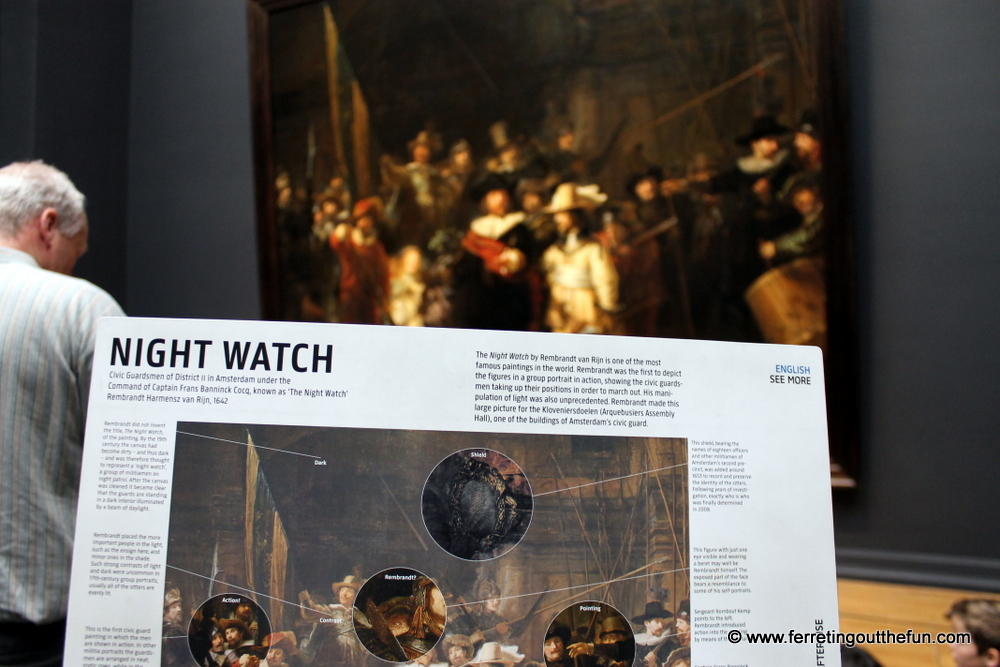
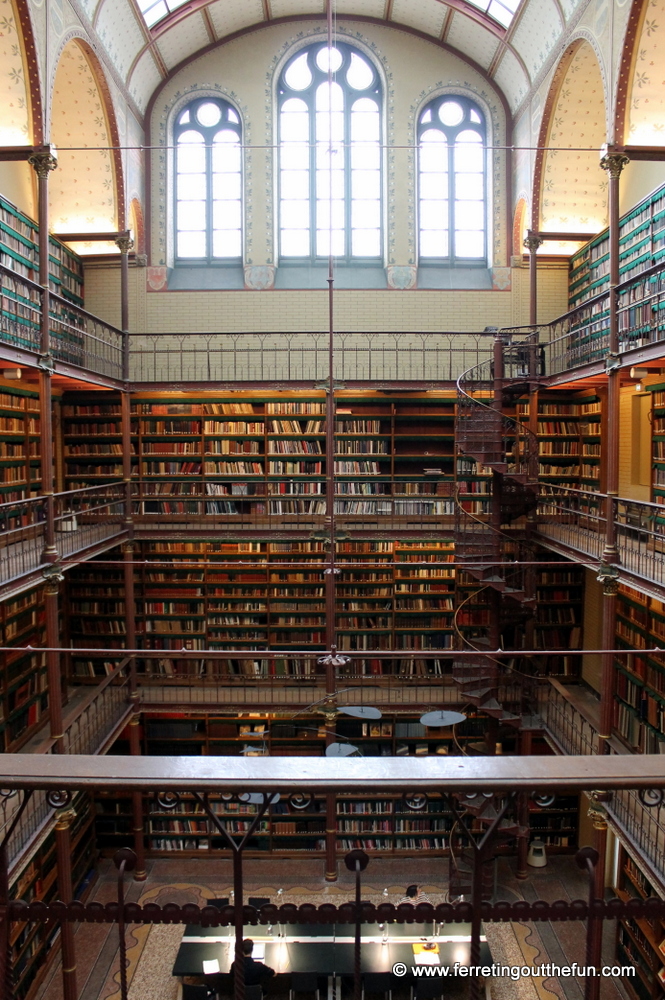
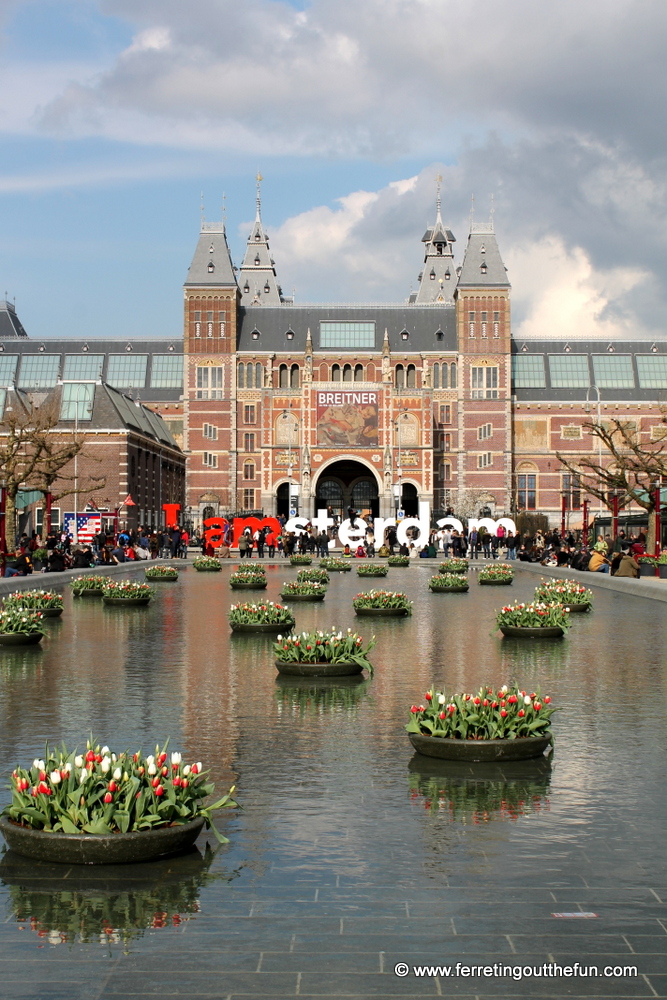
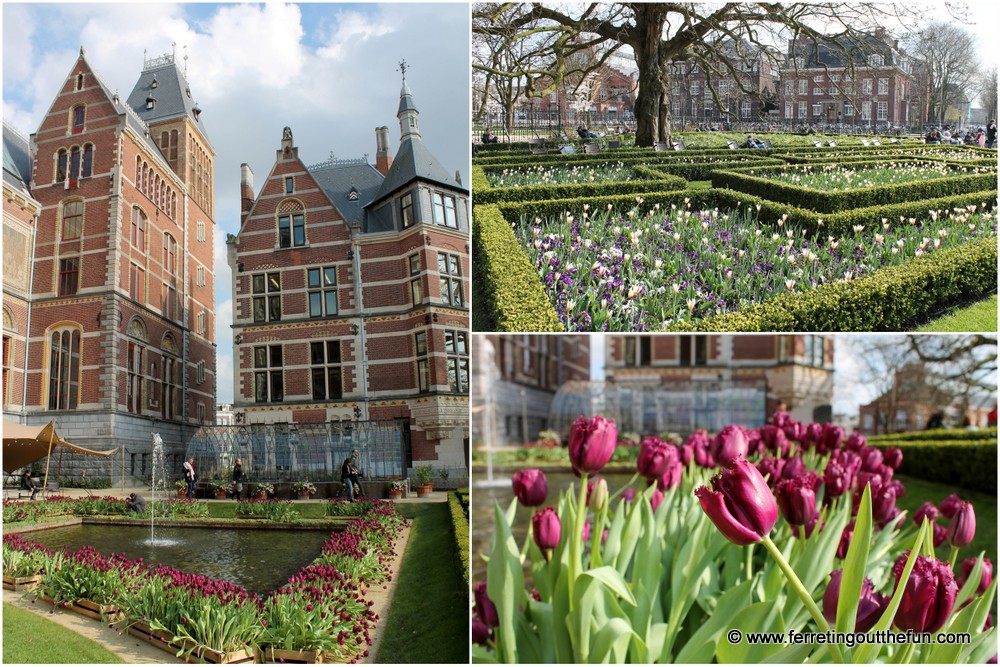
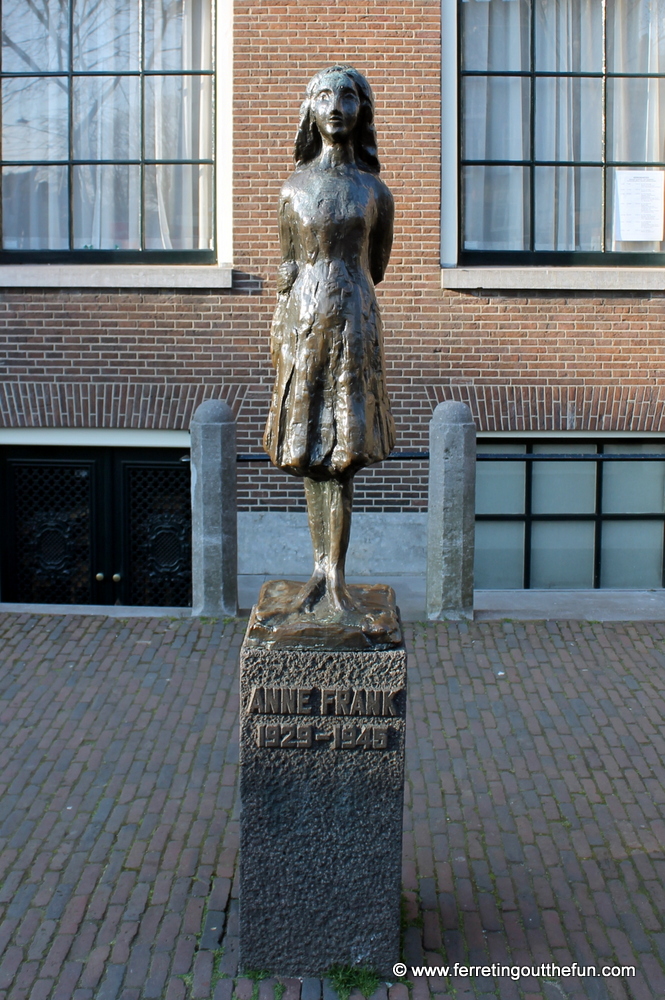
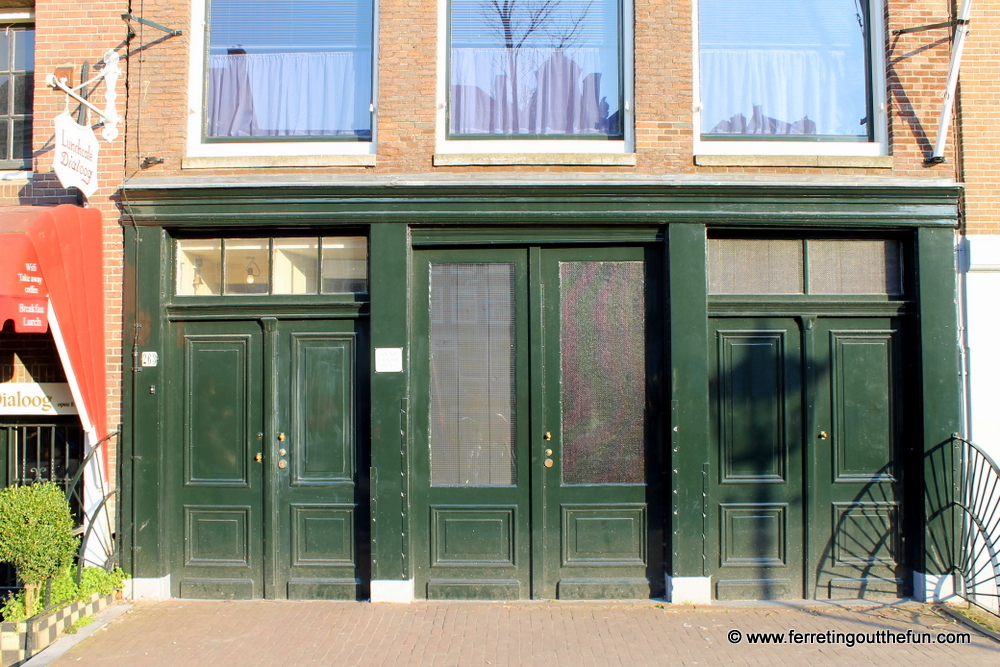
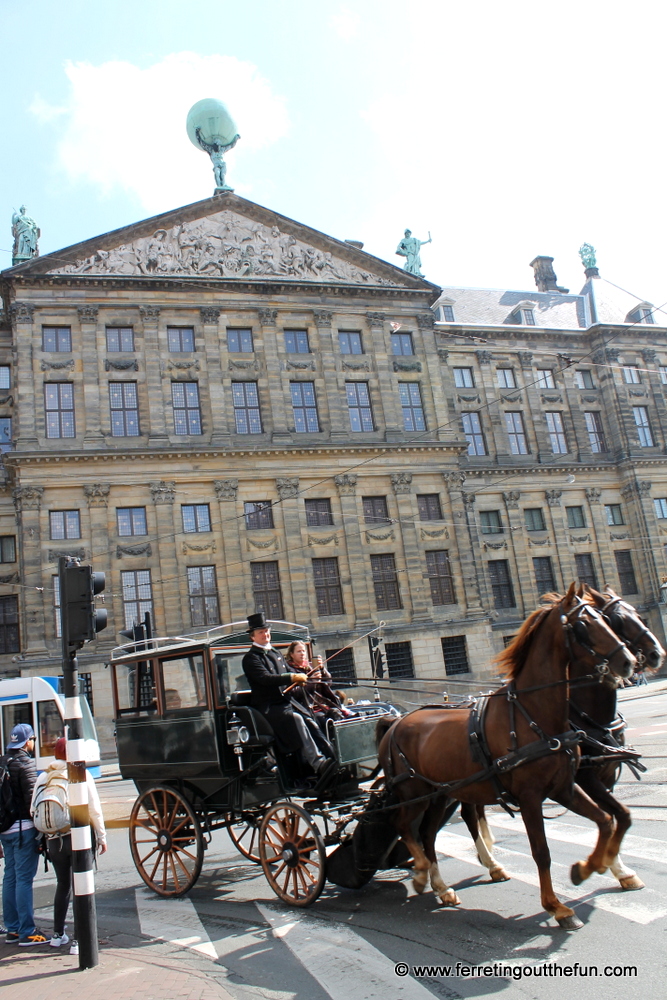
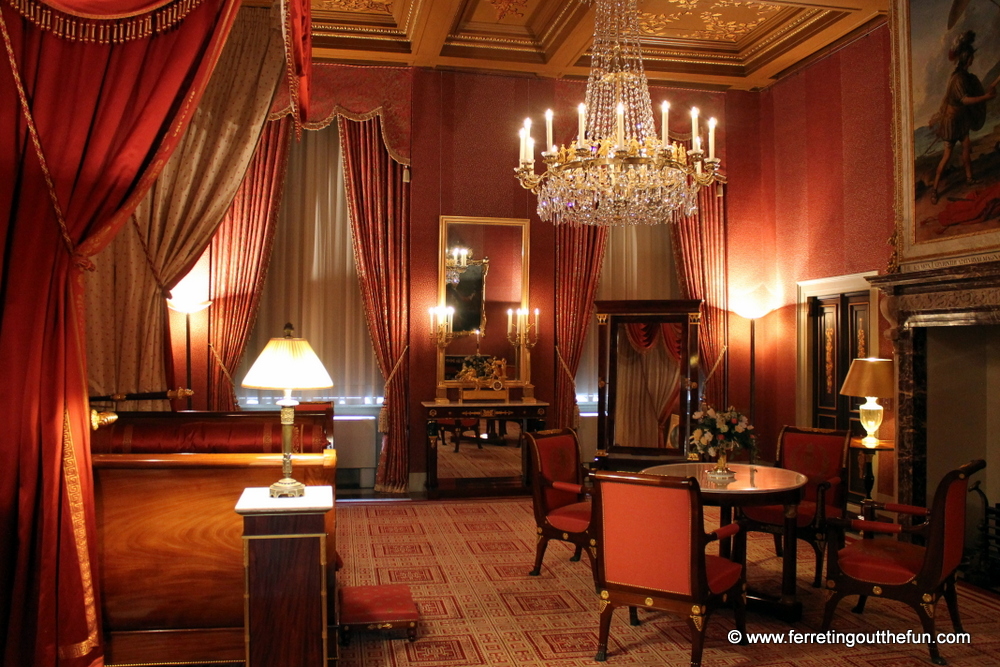
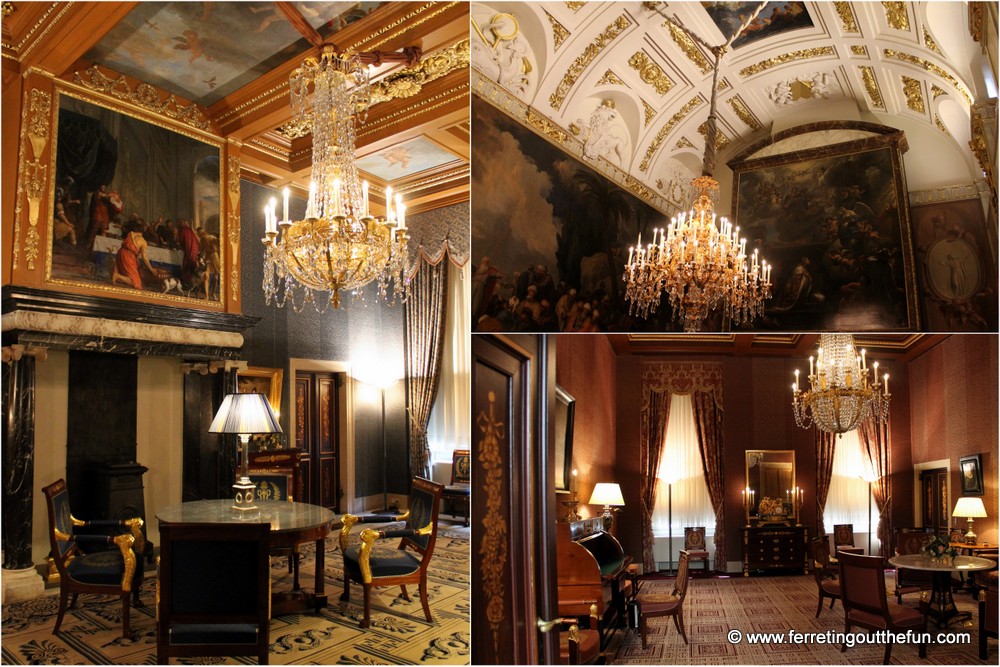
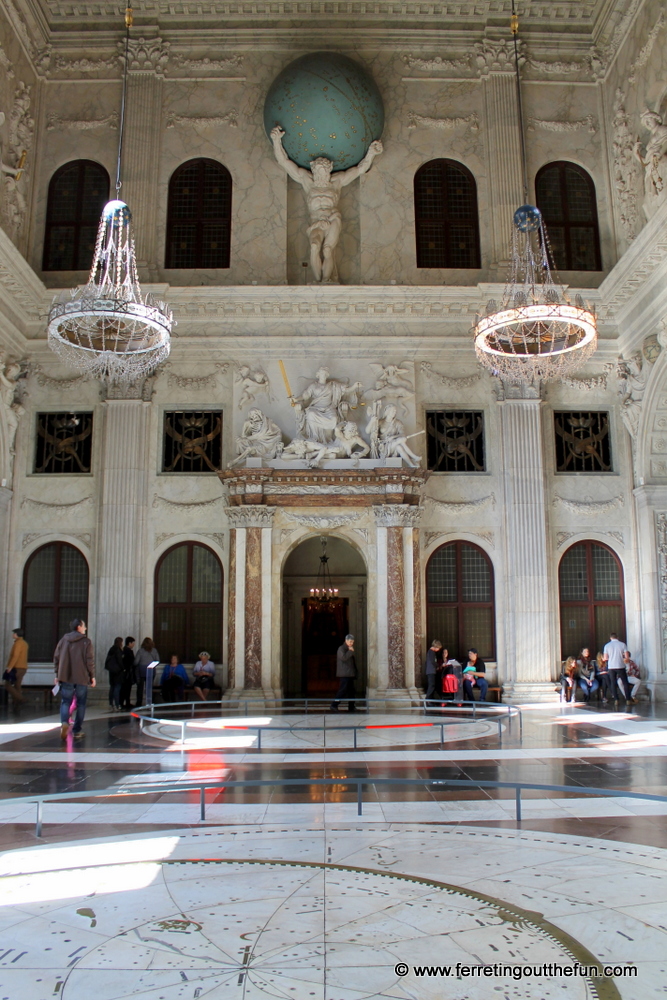
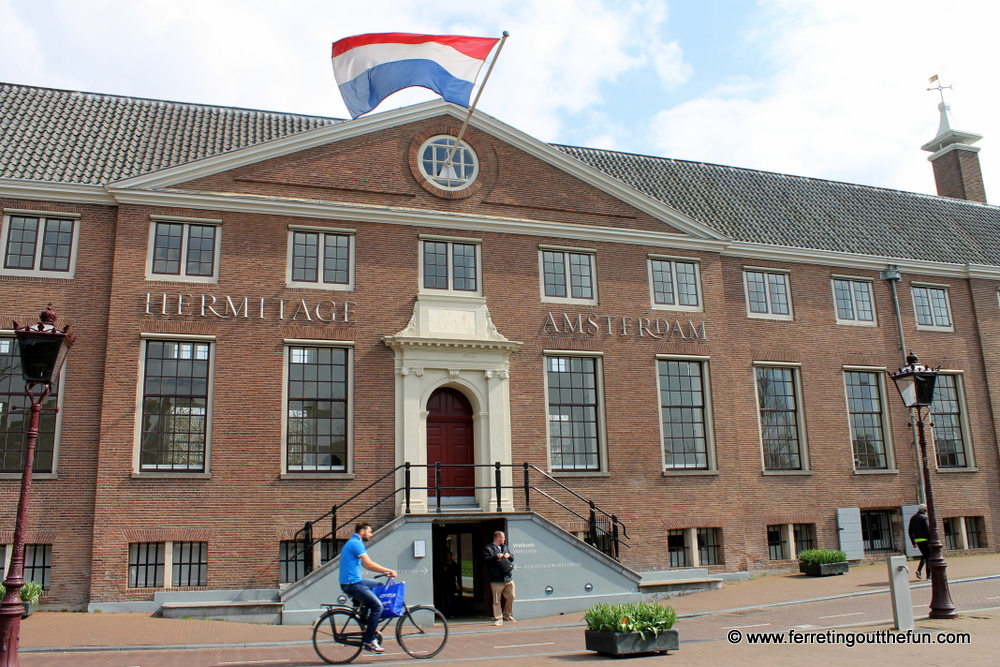
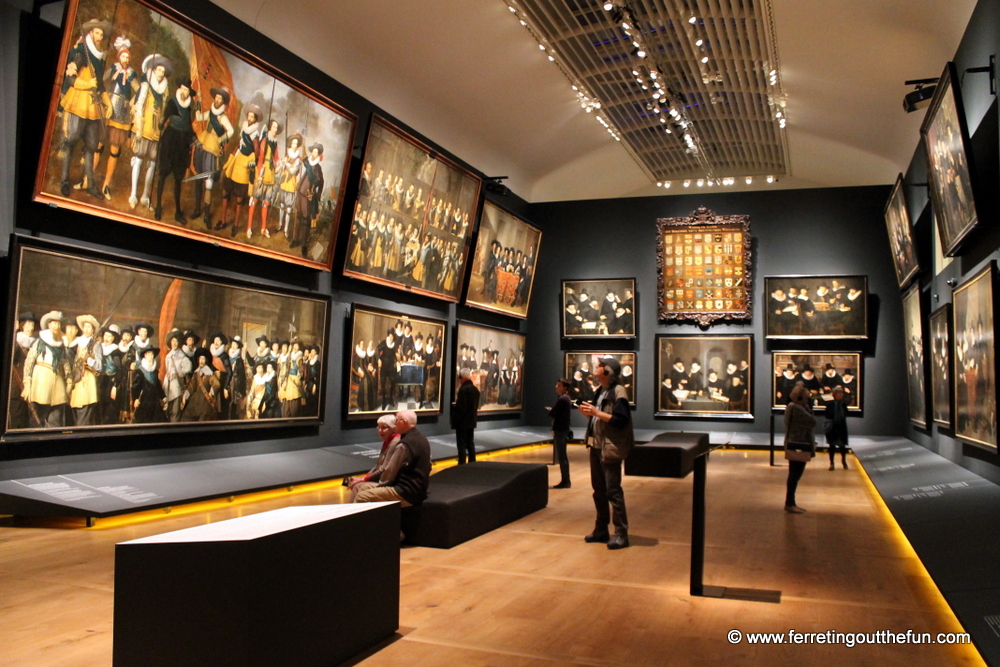
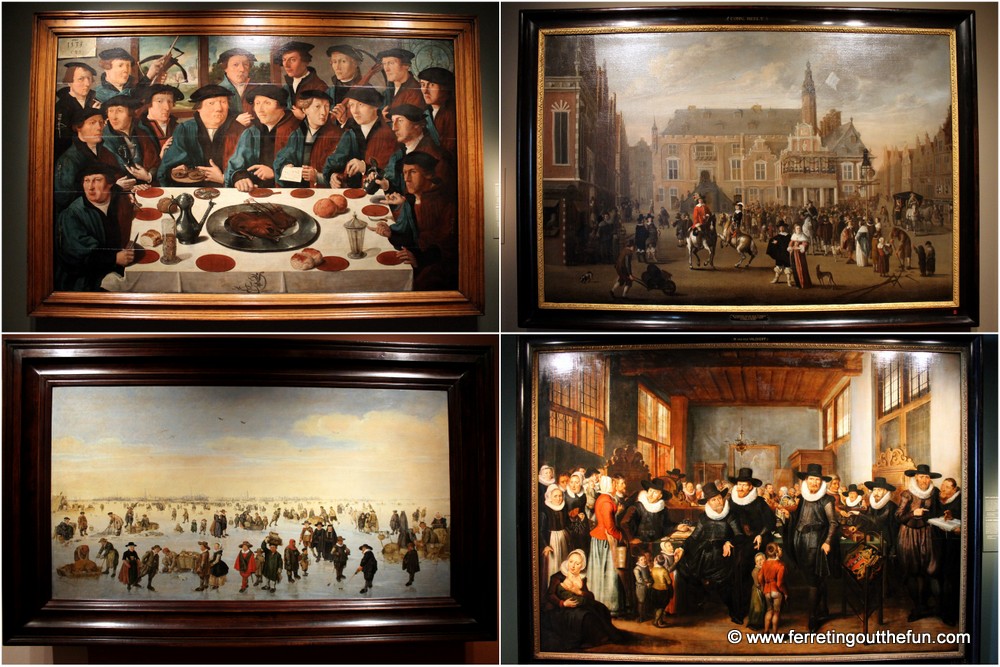
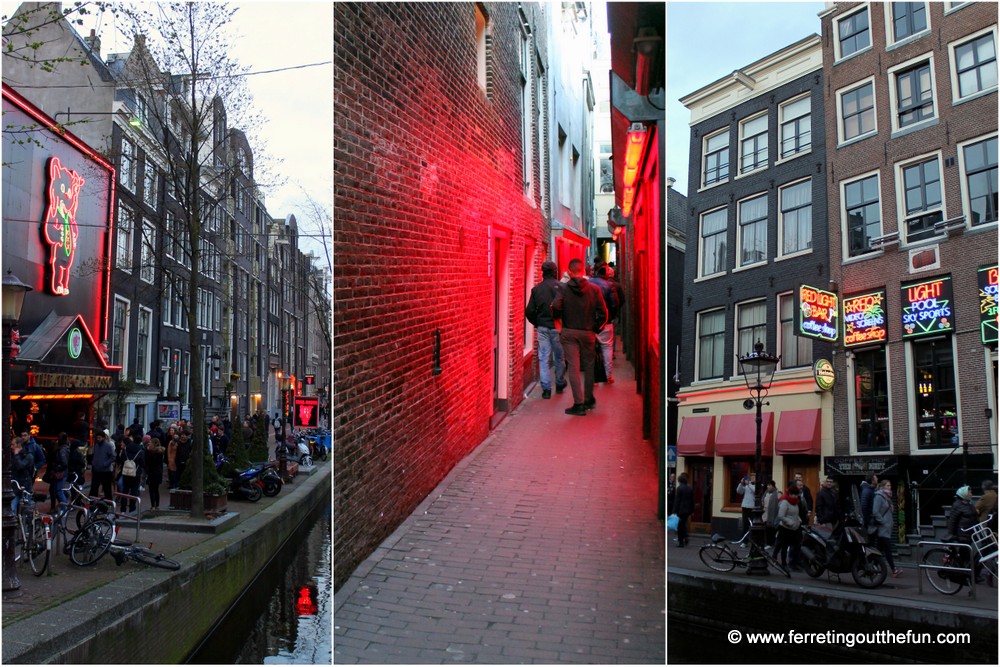
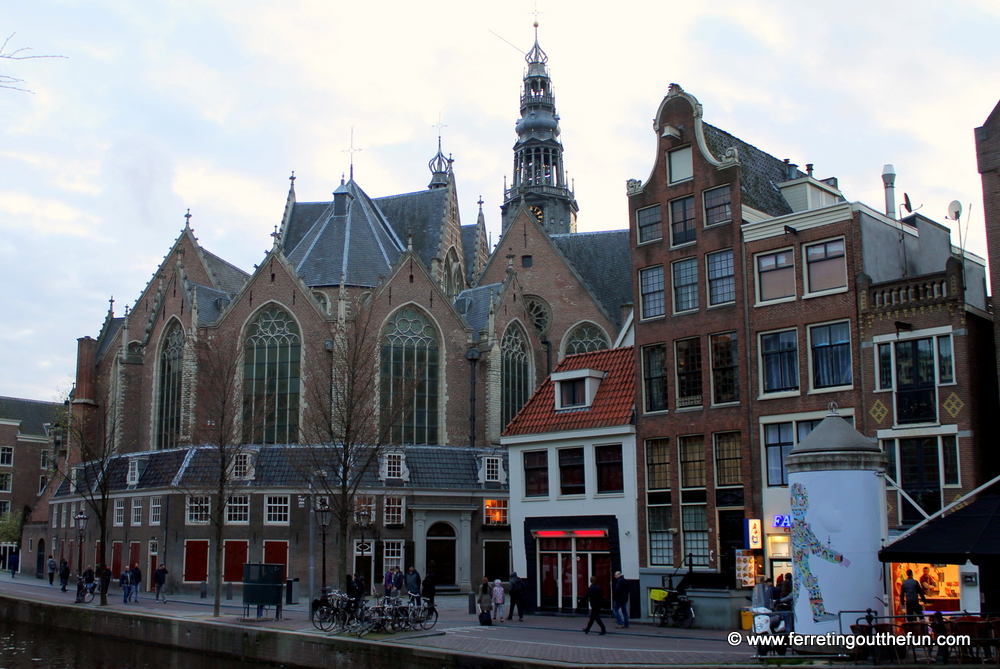
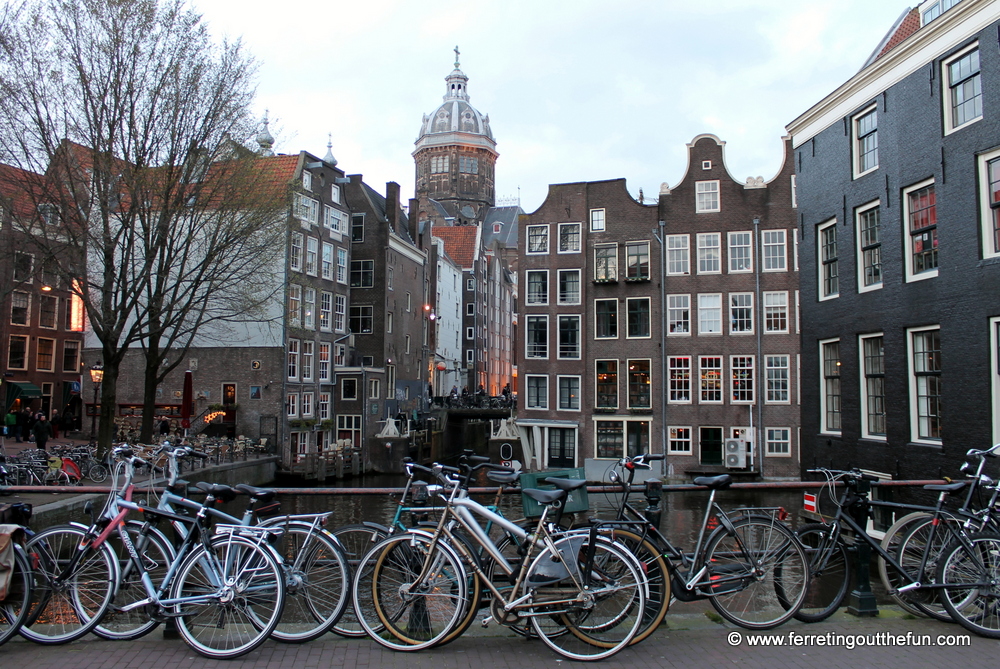
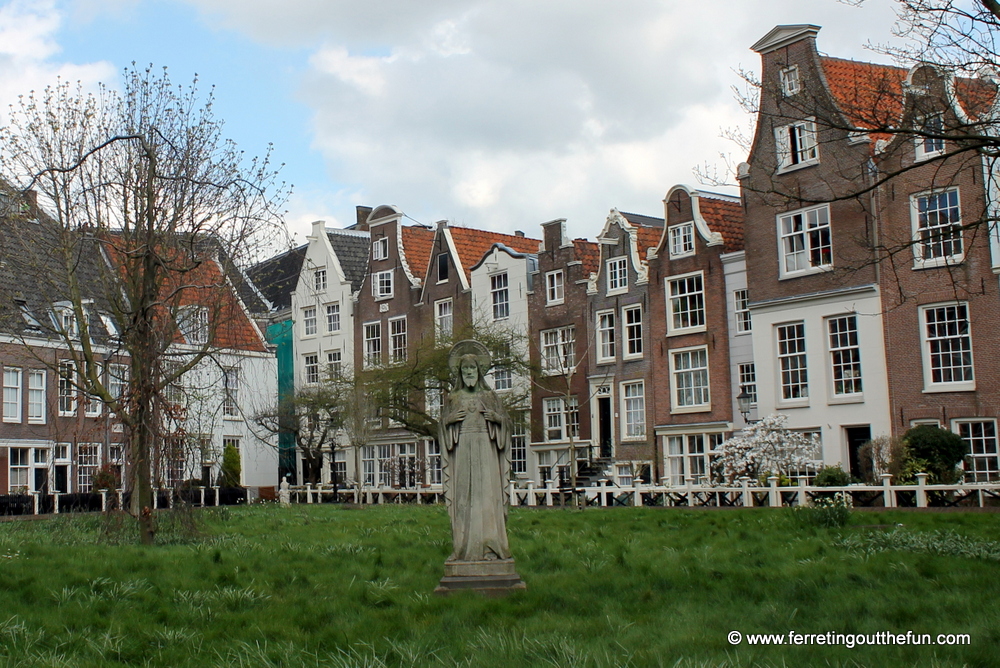
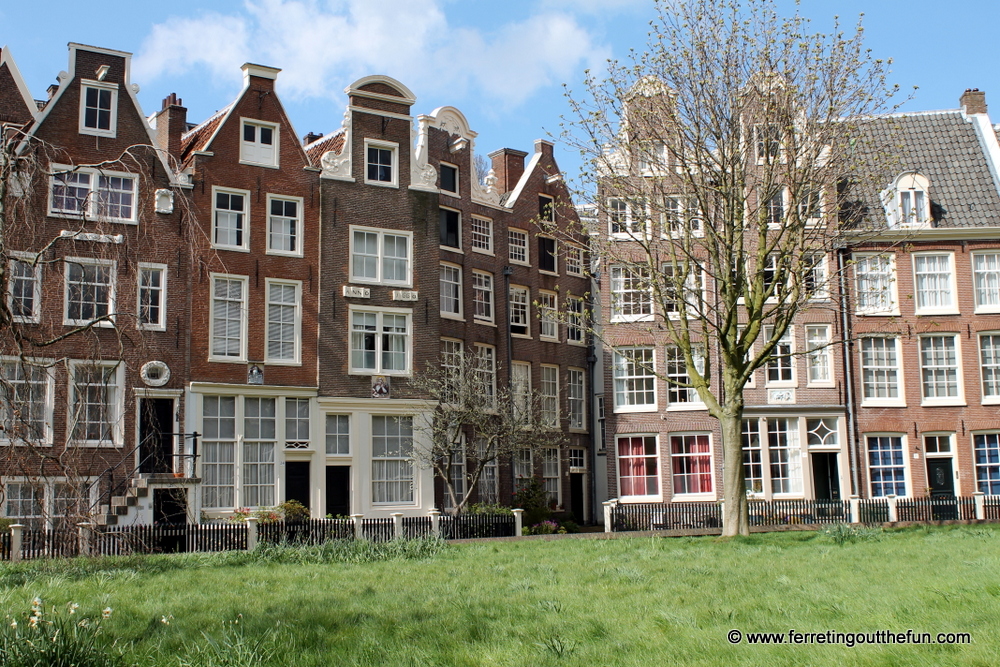
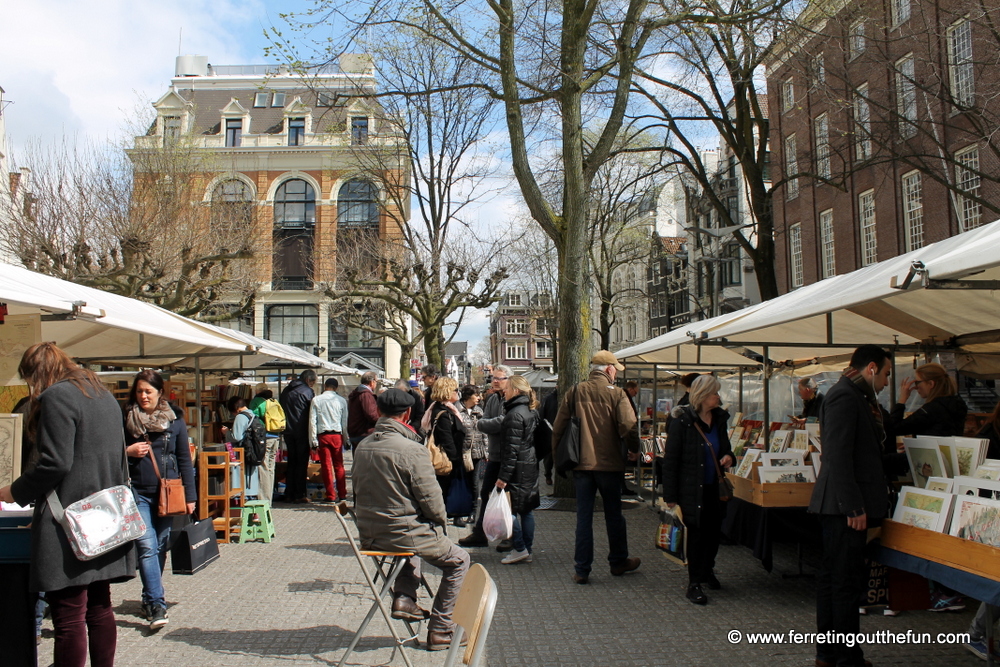
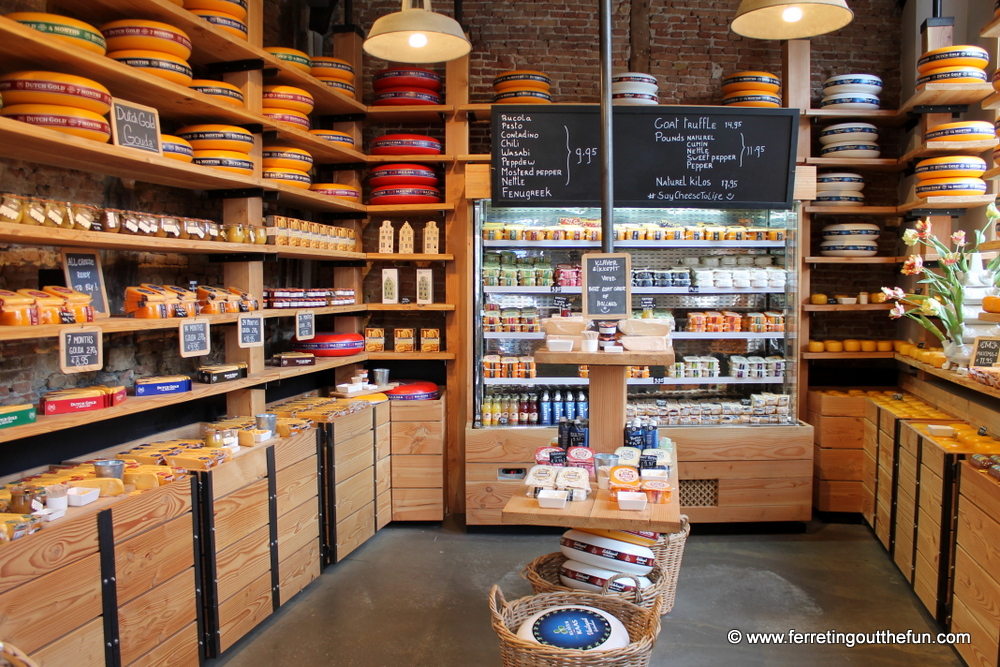
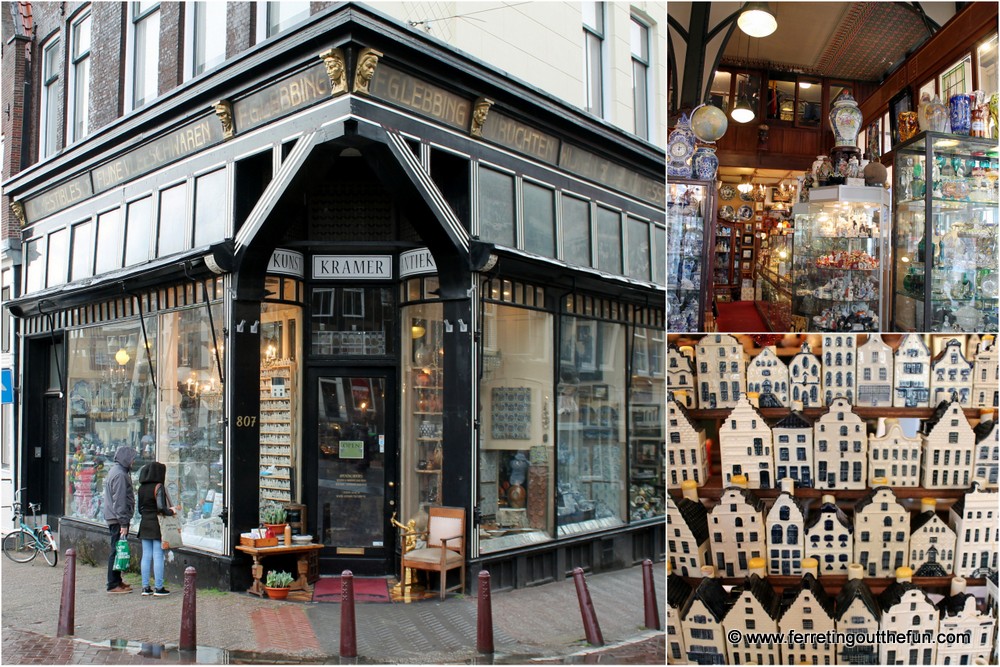

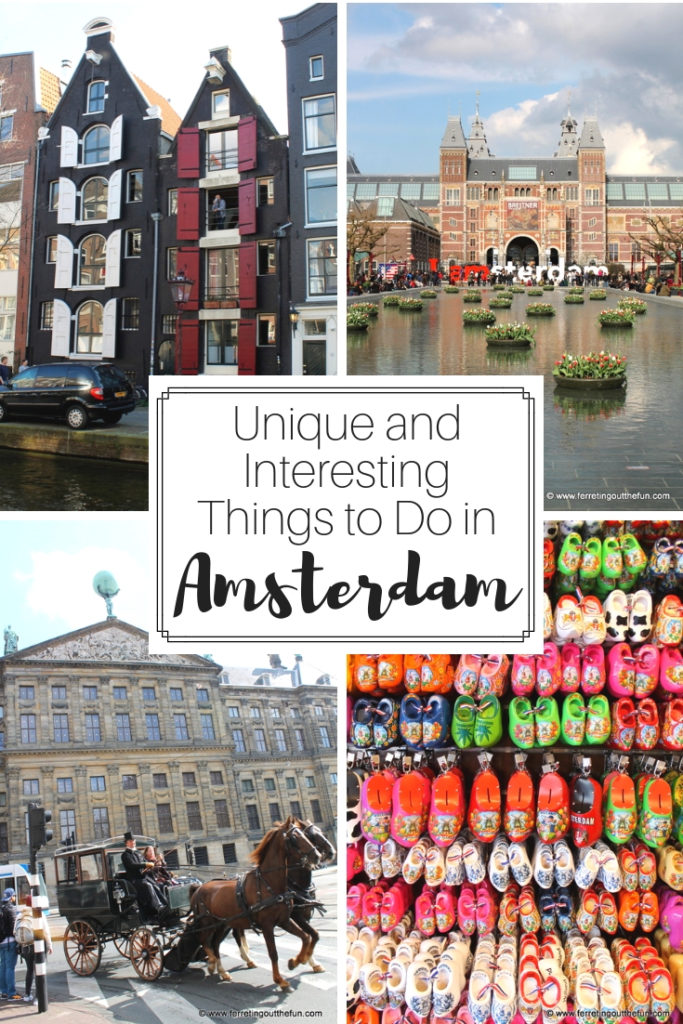
What a fabulous blog. Brought back such great memories of my visit many years ago. Your pictures are wonderful as usual.
Thanks, Mom! 🙂
Amsterdam has tonnes of amazing buildings and culture … it’s a shame some people don’t see it!
You’re right Dan, it is a shame! Thanks for stopping by 🙂
Amsterdam is so lovely! From the tulips to the charming cafes by the canal. Thanks for sharing your recommendations!
Loved Amsterdam and would love to go back. Missed the tulip fields because they had bloomed the month before (early heat wave). I liked the place where all the cut flowers were sold. Thought that was very interesting. Loved the Keukenhof Gardens even though it was raining.. such a beautiful place.